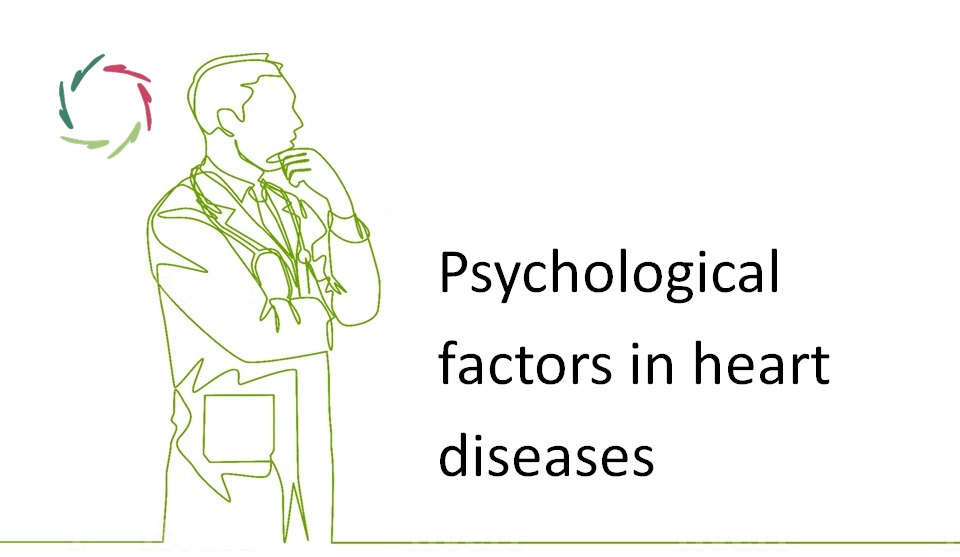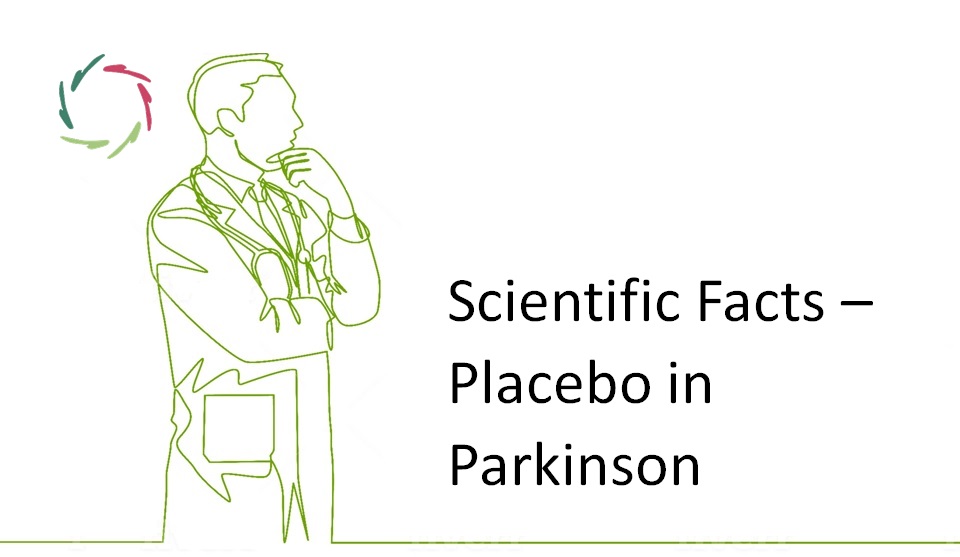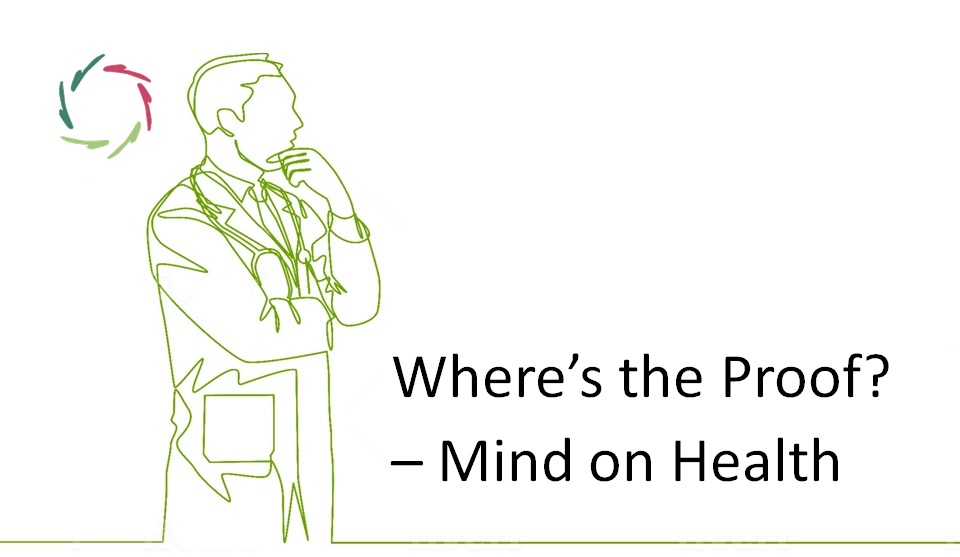Psychological factors in heart diseases

Perhaps nowhere has the mind-body connection been more studied than in cardiovascular disease. Large prospective epidemiologic studies and smaller basic science studies show consistently that feelings of fear [Kubzansky et al., 1997], depression [Frasure et al., 1995], anger [Kawachi et al., 1996], and hostility [Barefoot et al., 1983] are associated with a heightened incidence of cardiovascular diseases.
Studies show a dose-response relationship between depressive symptoms and cardiac events in patients with CHD, with even mildly elevated depressive symptoms associated with poor prognosis [Frasure-Smith et al., 2005].
Concerning biological mechanisms, there is a growing body of evidence linking depression with inflammatory processes (either as a byproduct of these processes and/or by increasing them), [Slavich et al., 2014] autonomic nervous system dysfunction, [Sanchez-Gonzalez et al., 2013] and impaired coronary flow reserve that increases the risk of myocardial ischemia [Rieckmann et al., 2013].
Meta-analyses of prospective observational studies found that social isolation and loneliness were associated with a 50% increased risk of incident CVD events [Cohen et al., 2015].
A large body of literature examining patients with existing coronary artery disease has also demonstrated that 30-70% of patients develop acute myocardial ischemia, as measured by perfusion imaging or echocardiography, in response to psychological stressors [Krantz et al., 2014].
Cardiovascular events and emotional disorders share common epidemiology, suggesting fundamental pathways linking them. Growing evidence in the literature highlights the influence of psychological determinants. A patient’s socio-economic aspects, personality traits, health behavior and even biological pathways may contribute to the course of cardiovascular disease [Chauvet et al., 2017].
Depression is quickly becoming the leading cause of years of life lived with disability worldwide [Lopez et al., 2006]. The twelve-month prevalence of depression in the general population is 7%. In contrast, up to 20% of patients with CHD meet criteria for a Major Depressive Disorder, and up to 47% have significant patient-reported depression symptoms. Thus, as many as 7 million Americans living with coronary heart disease are also suffering from either clinically diagnosed depression or quality-of-life impairing depression symptoms, and we add half of a million new cases to this public health burden annually.
Elevated anxiety levels have been independently associated with increased prognostic risk in CHD patients, specifically with a 36% increased risk of an adverse cardiac event, including a 71% increased risk of a cardiac event recurrence and a 23% increased risk of cardiac death [Davidson et al., 2018].
The international INTERHEART case-control study proved that psychosocial factors were significantly related to acute myocardial infarction, with an odds ratio of 2.67 [Yusuf et al., 2004].
Heart failure (HF), a chronic impairment of cardiac function, affects over 5 million Americans. HF represents a severe burden to both patients and the healthcare system. Mortality remains high despite advances in treatment, with roughly 50% of HF patients dying within 5 years of diagnosis [Celano et al., 2018]. In a prospective observational study of nearly 2 million healthy adults, depression was associated with an 18% increased risk of HF development over the subsequent 7 years (median), even after controlling for other cardiovascular risk factors [Daskalopoulou et al., 2016].
In a longitudinal prospective study, a diagnosis of post-traumatic stress syndrome conferred a 47% increased risk of incident HF over the subsequent seven years [Roy et al., 2015].
A review of evidence from over 600,000 men and women from 27 cohort studies in Europe, the USA, and Japan suggests that work stressors are associated with a 10–40% elevated risk of incident coronary heart disease and stroke [Kivimäki et al., 2015].
Psychological problems are under-reported and under-treated. Data from the National Comorbidity Survey Replication study found the median time from symptom onset to first treatment contact was 8 years for major depressive disorder and 9–23 years for various types of anxiety disorders [Wang et al., 2005]. Recognition of the damaging impact of psychological stress on physical health may improve the adoption of screening and intervention programs that can reduce delays and better engage patients in mental health care.
E.C.D. Gullette et al. ‘s study revealed that mental stress in daily life too – with among other things feelings of stress, frustration, and sadness – more than doubles the risk of cardiac ischemia (lack of oxygen in part of the heart muscle) in the following hour [Gullette et al., 1997]. Positive emotions (such as joy, a feeling of control) were, although somewhat slighter, correlated with a decrease in the risk. Without taking into account the specific emotions, mere excitement appeared – quite surprisingly – not to show any correlation. The latter illustrates what has been brought to light in various studies: not stress is the cause of illness or health, but the feelings and meanings that are linked with stress. Stress in itself then merely functions as a catalyst. Other factors define the final impact. Studies that ignore this (most studies about the influence of ‘stress’) become most dubious because of this conclusion.
Notable in this study is also that it explains that not only strong emotions can lead to an increased risk. The authors conclude that specific interventions that lessen mental stress are essential for these patients, also because the traditional anti-ischemic therapy with beta-blockers has little impact on ischemia by mental stress.
In one of their articles, H. Benson and D.P. McCallie discuss five outdated treatments for angina pectoris, of which three medicinal and two surgical [Benson et al., 1979]. All five are known to have not one specific effect. Still, in their hey-day (in the thirties and fifties respectively) they have been presented as very effective for years. Thirteen optimistic studies of 1187 patients in all noted an improvement of 82,4% (considering a standard deviation of 9,7) for these five treatments taken together. An exceedingly high score for pure placebos!
The precise nature of the links between depression and coronary heart is being highlighted more and more frequently. Eichstaedt et al. showed a robust positive relationship between negative emotions (anger, hostility, boredom) expressed in twitter messages and cardiovascular deaths, thus strengthening the link between negative thinking and cardio-metabolic disorders [Eichstaedt et al., 2015]. A few years ago, the Interheart study reported the importance of psychosocial stress, which was put in third place in the league table of risk factors (with an odds ratio of 2.67) for developing cardiovascular disease [Yusuf et al., 2004], in front of diabetes, arterial hypertension and abdominal obesity.
In the history of the concept of stress and psychosomatics, personality clusters used to be an important notion. Type A personality, defined by the combination of time urgency, high job involvement, strong drive, a need for achievement, ambition, and competitiveness, was associated with coronary artery disease. However, subsequent studies have dismissed this link and focused on hostility as the ‘‘toxic’’ component [Smigelskas et al., 2015; Nabi et al., 2008]. Cardiovascular mortality was found to be primarily due to cognitive hostility (i.e., hostile thoughts rather than hostile behavior).
Besides normal psychological variations of personality or coping styles, emotional disturbances can adversely affect people with cardiovascular diseases. Indeed, numerous authors have described the deleterious relationship between anxiety or depression and cardiovascular disease. From an epidemiological viewpoint, between 20 to 30% of depressive people show symptoms of coronary heart disease [Chauvet-Gelinier et al., 2013]. The inflammatory hypothesis is becoming more and more robust as blood markers of inflammation [Pariante et al., 2008; Wium-Andersen et al., 2013] have been found in both depression and heart disease. Powerful psychological stress associated with mood disorders may cause chronic low-grade inflammation. Inflammatory processes involved in both mood disorders and cardiovascular disease may be illustrated by lipid dysregulation. For instance, low HDL-cholesterol has been associated with depressive disorder [Hummel et al., 2011].
Several studies demonstrated that stress reduction was associated with improved cardiac outcomes. Positive psychology may be an interesting therapy. Indeed, positive affectivity was shown to be associated with better treatment and cardiac rehabilitation adherence [van Montfort et al., 2015].
Guidelines from major societies reflect the growing recognition of the connection between mental and cardiovascular health. The American Heart Association officially recognizes depression as a risk factor for poor prognosis among patients following acute coronary syndromes [Lichtman et al., 2014]. In a published scientific statement, depression was elevated as an “independent primary risk factor in patients with acute coronary syndrome” [Lichtman et al., 2014; Cohen et al., 2015]. Also, European guidelines identify depression, anxiety, and psychosocial stressors, as risk factors for incident cardiovascular disease and adverse outcomes in patients with existing cardiovascular disease [Perk et al., 2012].


